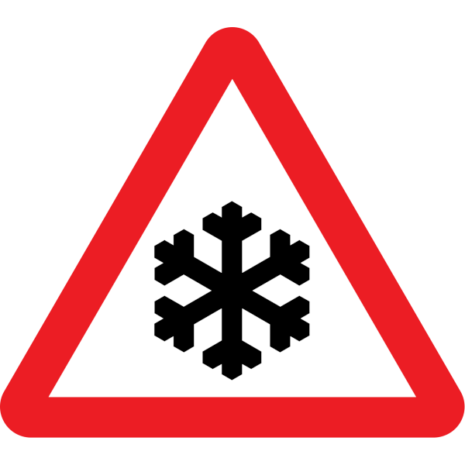Introduction
The aim of this toolbox talk is to increase staff awareness of the how to stay safe on the roads during winter. More specifically, the checks you should make prior to your journey.
The use of regular toolbox talks, if done effectively, will significantly improve the safety culture within your organisation. This will increase the safety awareness of the workers, and as a result reduce the likelihood of accidents and unsafe occurrences.
Legislation references
- Health & Safety at Work Act 1974
- Workplace (Health, Safety and Welfare) Regulations 1992
Be a road warrior
To help keep safe on the roads, we can use the ‘be a road warrior’ acronym to carry out of vehicle checks…
B = Brakes
E = Electrics
A = Airbags
R = Rubber
O = Oil
A = Area and route
D = Diesel and petrol
W = Water
A = All documents
R = Reservoirs
R = Road conditions
I = Indicators
O = Observation
R = Restraint / roll over protection
BE
Ensure the brakes on the vehicle work correctly. If necessary conduct a brake test but do so in a safe location.
Ensure all electrical systems are working correctly. Specifically check the dash for any warning lights.
A
ROAD
Rubber
- Check tyre pressures (refer to vehicle manual
- Check tread on each tyre
Oil
- Ensure the oil level is correct
Area (and route)
- Check weather forecasts for the area and ensure you know your route
- Check for restrictions such as weight, height or width
Diesel (and petrol)
- Check you have adequate fuel
- Check there are refueling points available on route (if required)
- Remember delays due to adverse weather will increase fuel consumption
WARRIOR
Check water levels in the cooling system.
Ensure all documents are available including, tax, insurance, license and details of any recovery numbers.
Check the brake fluid and windscreen wash fluid reservoirs.
Check road conditions on websites or radio. Give yourself time in case of delays.
Check all indicators and lights are working correctly.
Check your observation – windscreen clean, mirrors clean and correctly positioned.
Check seat belt restraints are free from damage and properly adjusted. Check roll over protection for any signs of damage or corrosion.

